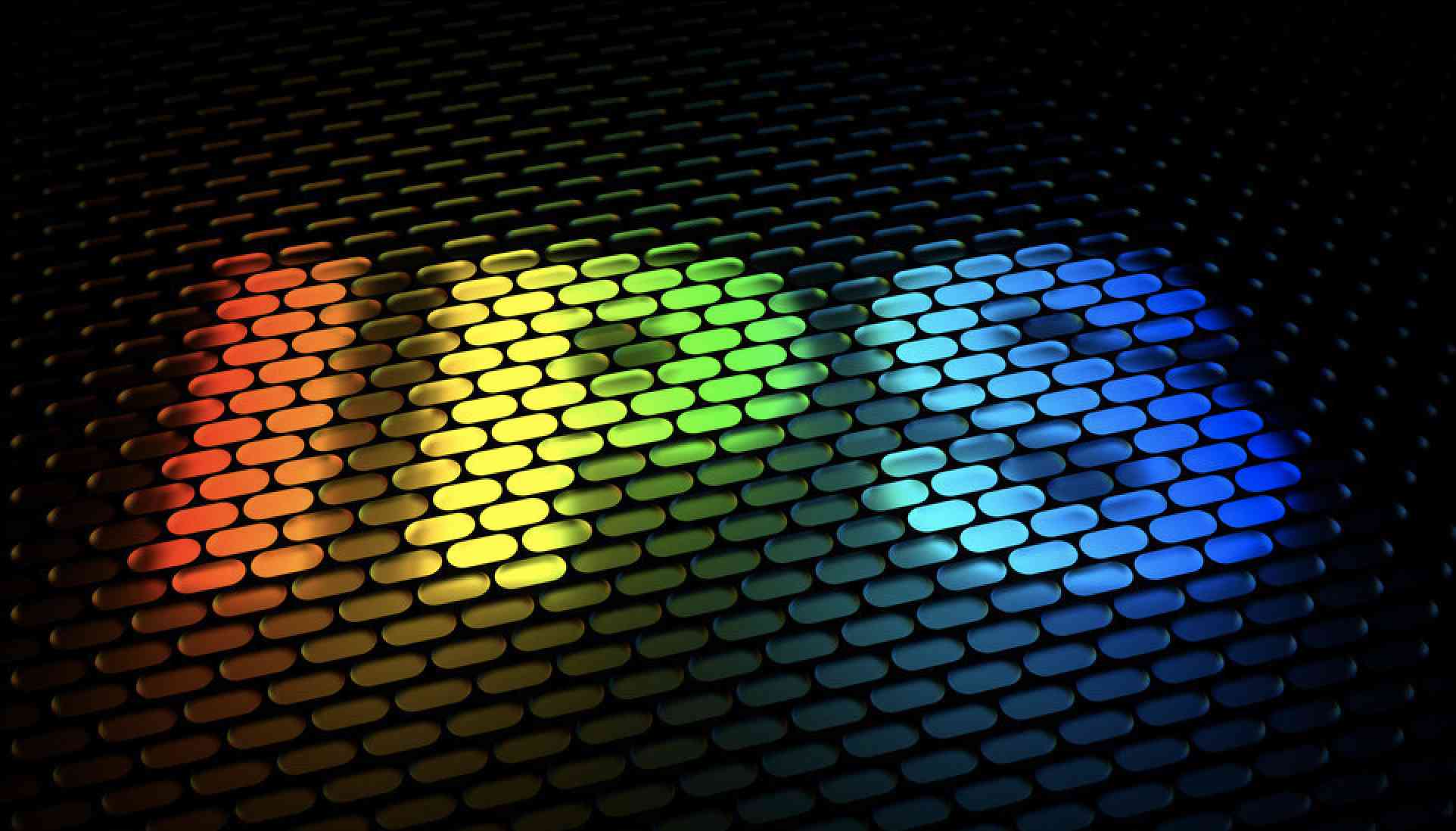Today, most technology products such as televisions, phones, laptops, and tablets use IPS screens. But what is IPS monitor?
Through this article, you will have more useful information about the IPS monitor as well as its pros and cons in this era of continuous technology development today.
What is an IPS monitor?
IPS (In-Plane Switching) displays are the dominant branch of LCD monitors (while most screens on the market today are TFT LCD). IPS screens were developed by Hitachi in 1996 to overcome the inherent shortcomings of traditional display technology with narrow viewing angles and color gamut.
The IPS screen consists of typical LCD components, but its difference is that the liquid crystal layers are now lined up horizontally (this is the origin of the phrase “In-Plane”) in parallel with 2 layers of polarized glass above and below instead of perpendicular.

This change reduces the amount of scattered light, provides wide viewing angles, and good color reproduction.
The IPS display displays images provide a wider color gamut, commonly used in high-end devices, which are great for graphic designs that require demanding display quality. You can enjoy viewing angles as far as 178 degrees horizontally when using the IPS screen. You don’t need to sit face-to-face to see the image on the IPS monitor.
The IPS screen is one of the four main panel types; The rest are TN, VA, and OLED. All of these panels are part of LCD technology. The display’s panel technology is very important as it influences what the display can do and use it for its best purpose.
Each type of display panel listed above has different advantages and disadvantages. Choosing which type of monitor panel depends largely on your intended use and personal preferences. After all, gamers, graphic designers, and office workers all have different requirements.
Specific monitor types are best suited for different usage scenarios.
How to distinguish IPS monitor from VA and TN
After learning what an IPS monitor is, here is how to distinguish the IPS monitor from TN and VA monitor.
The most accurate way to identify is the viewing angle, if you look at a screen and change the viewing angle from left to right, top to bottom without much change in sharpness or color, it is because the device uses an IPS screen.

Meanwhile, it can be very easily recognized, if the screen uses a VA panel, when the user tapped on the surface, the screen will glow, causing the image being displayed to be saved for a short time.
Also, when looking at a monitor and changing the viewing angle from left to right, top to bottom. If the colors change, the image becomes more blurred, lighter when changing the viewing angle, it is truly a TN monitor.
The pros and cons of IPS screen technology
Any display type has its strengths and weaknesses, and IPS display technology is no exception.
- Brightness and contrast are what IPS screen technology is proud of.
- The liquid crystals are arranged in an advanced method, so color reproduction becomes more accurate and realistic.
- When viewed at a narrow-angle, the details on the IPS screen are not changed too much.
- Compared with traditional TN technology, IPS consumes about 15% more power.
- IPS panel production cost is also more expensive than TN panel.
With the emergence of new screen technologies such as OLED or AMOLED with a thinner design, better resistance, and less power consumption, the IPS monitor no longer holds the absolute advantage as before.
Products using IPS screen technology
Currently, IPS screen technology is still being equipped on many popular technology products such as phones, tablets, or laptops in the mid-to-high-end segment of many brands.
IPS screen is used on cheap or mid-range smartphones in famous brands such as Apple, OPPO, Vivo, Samsung, Huawei, or leading laptops in the mid-range segment such as Apple, Asus, Dell, Acer,…
On TV products, this technology also applies to the screen for higher durability, wide viewing angle and ensures the best display, with color consistency and clarity.
Users can watch TV anywhere in the house and still see the natural and true colors of the images.
Conclusion
So, surely through this article, you have understood what is IPS monitor and the advantages that an IPS monitor brings to the world of technology today, right? Hopefully, this article will help you understand the nature of IPS monitors and have a better overview of LCD monitors.







